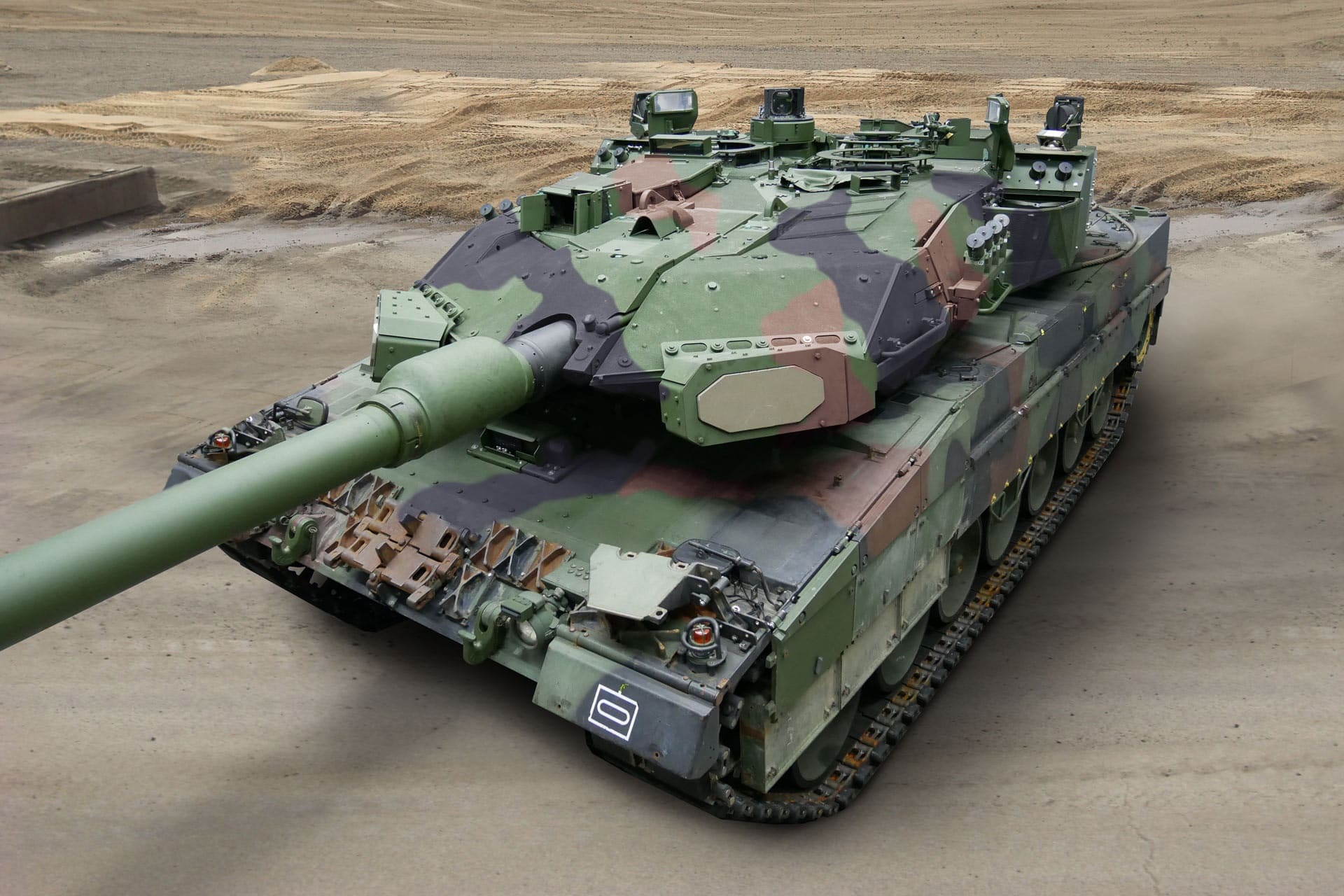R. W. Zimmermann

My Leopard 2 Tank Experience: As a former M1A1 Abrams tank commander, I have followed with great interest the frantic reporting on the possible deployment of German Leopard 2 tanks to Ukraine.
Will this tank live up to the expectations NATO and Ukraine heap upon it?
My Time with the Leopard 2 Tank
I was a headquarters company commander and battalion operations officer in the 3rd Armored Division (Spearhead) from 1988 to 1991. During my time as a defender of the Fulda Gap, I had the opportunity to command a Leopard II in a battalion live-fire setting with our partner unit, Panzer Battalion 153 in Koblenz, Germany. We operated in a combined warfare environment during which our reconnaissance platoon of Bradley Fighting Vehicles scouted the way for the German battalion to the Baumholder tank range.
The exercise unfolded during the hours of darkness and in total radio-listening-silence, something that was a tad difficult for us Americans, since we tend to love talking a bit too much on our radios. Meanwhile, the Germans effectively used motorcycle dispatch riders to keep unit commanders and vehicle crews posted on the progress of the movement.
Live-fire occurred during the morning hours and unfolded quite impressively. The Leopard IIs of the Bundeswehr had no mechanical failures during the extended road march. Their efficient diesel engines were quickly refueled, and the Panzers made ready to roll again. The Leopard’s power plant was louder than the M1’s gas turbine, yet if you were the enemy, the impressive deep grumble of the tank would have made you aware that something terrifying was headed your way.
Climbing into my Leo’s turret on the morning of the live-fire, I was greeted by the tank’s German gunner, who handed me a comfortable crew helmet. I then met the rest of the crew via the intercom system – in German, of course. What struck me was how clear the German headsets transmitted, compared to ones we used. The commander and gunner’s stations were tight, yet everything was in its right place. The daylight targeting optics proved of extremely high quality – much better than our own. I was able to bring any target into clear vision without much effort.
Going down-range with the Leo was impressive, to say the least. The vehicle and main gun had great stability, and the crew compartment was relatively quiet. It felt a bit like driving in a Mercedes. The 120mm gun, like ours, hit on point and the draftee-loader was able to feed it without a problem. The 7.62mm MG3 turret machine gun was similar to the famous Wehrmacht WWII MG42, but the crew had to stick their heads out to operate it. This would be bad news in built-up areas and sniper country.
Bottom Line: Training Will Be Important
Overall, I found the Leopard II to be a lovely cat. I would have gladly taken it into combat against any foe. My assessment then and now is that the Leopard II is an excellent combat vehicle that continues the tradition of first-class German armor developments like the Panther and Tiger my father crewed in WWII. In the end, however, success will depend on the training of the tank crews, the tactical prowess of leadership, and the ability to keep the vehicles in the fight with effective logistics and maintenance.
Given the combat scenario in Ukraine, we will also have to watch whether drones and other top-attack weapons will limit this fine tank’s impact. Hopefully, the Leo II’s, most likely coming from a variety of countries, will be in decent shape and ready to be used in the appropriate combined arms environment, where they can unleash their tremendous capabilities. That also means they must be placed in specified main efforts, and not piecemeal. As good ol’ Heinz Guderian, the father of the German Panzer arm, once emphasized: “Clobber them, don’t stroke them!”
While a lot of hope is riding on the German Leos’ backs, I would be careful not to count out the Russian army’s ability to deal with this new challenge. In many conflicts, they have shown a tremendous ability to adapt and overcome, especially when challenged on their own turf. Hence our old Cavalry saying still holds true: “Hope is not a method.”
No comments:
Post a Comment